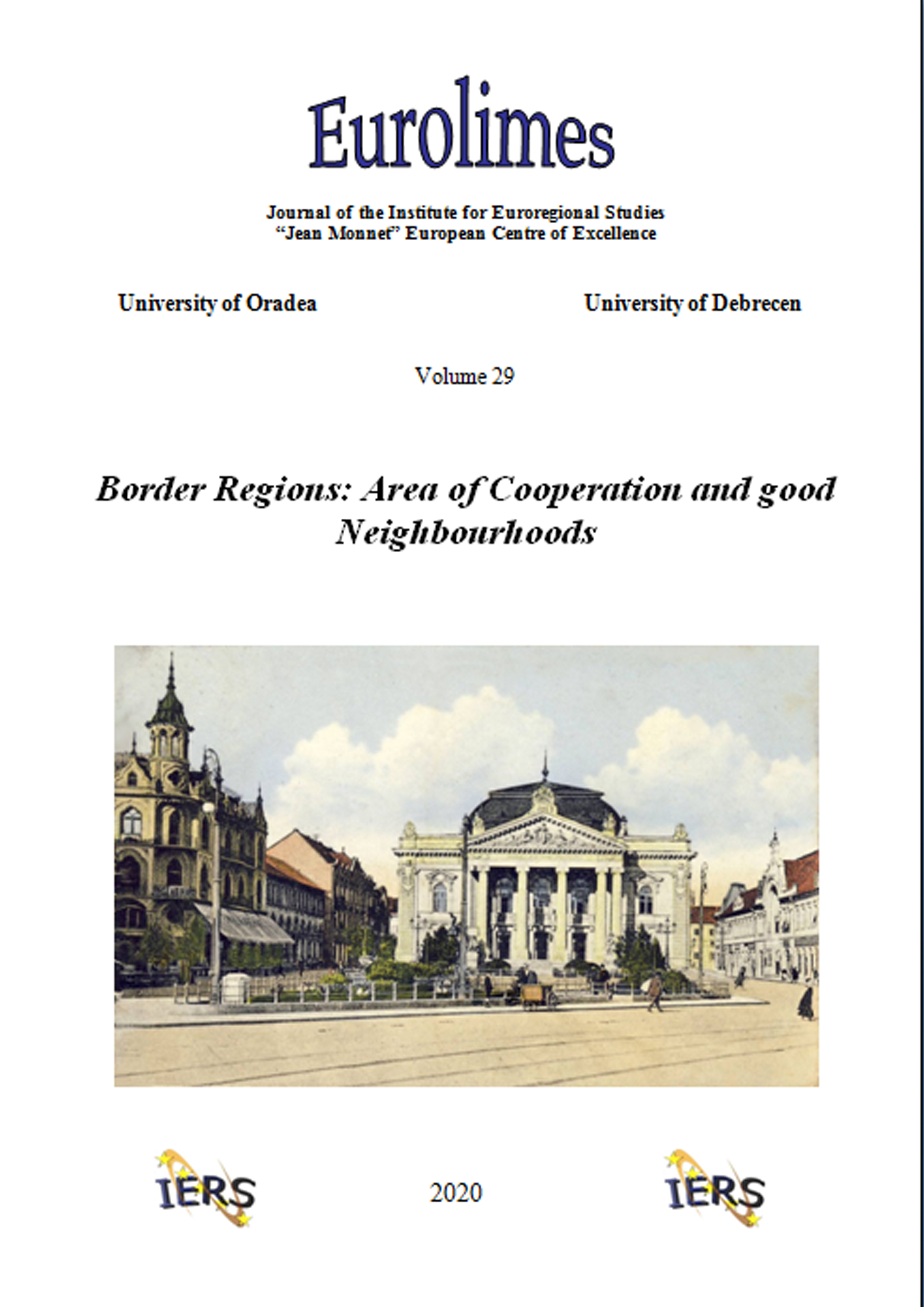The Border Area as an Incentive for Investment and a Common Space for Development
The Border Area as an Incentive for Investment and a Common Space for Development
Author(s): Mariana Szigeti-BocoiSubject(s): Politics / Political Sciences, Politics, Political Sciences, Governance, Geopolitics
Published by: Editura Universitatii din Oradea
Keywords: border; development; FDI;
Summary/Abstract: In our research, the border, the border area and the foreign direct investment are the main directions we are heading. We refer to the Romanian-Hungarian border area composed of Satu Mare, Bihor, Arad and Timiș counties. Using, comparing and interpreting data provided by the National Bank of Romania and data provided by the listafirme.ro website, which is taken from the official source of the Romanian Ministry of Finance, we can say that the Romanian-Hungarian border area has a privileged place in the ranking related to attracting foreign direct investment. Moreover, the trend of foreign investment in the last ten years towards this area is a positive one, a growth trend, and the area has an increased level of attractiveness compared to other similar areas. Also, using the case study of the new BMW investment in Europe, near Debrecen, we can say that areas on both sides of the border can form a common space for development, because a change in one area automatically brings changes in the other area, influencing each other. The methodology used was both quantitative and qualitative, serving different purposes. Comparative and interpretive methods were used, using statistical data provided by the National Bank of Romania and official data of the Romanian Ministry of Finance. The case study method was also used. The goals of the social sciences that this research seeks to achieve are exploration and description.
Journal: Eurolimes
- Issue Year: 29/2020
- Issue No: 29
- Page Range: 109-124
- Page Count: 15
- Language: English
- Content File-PDF

